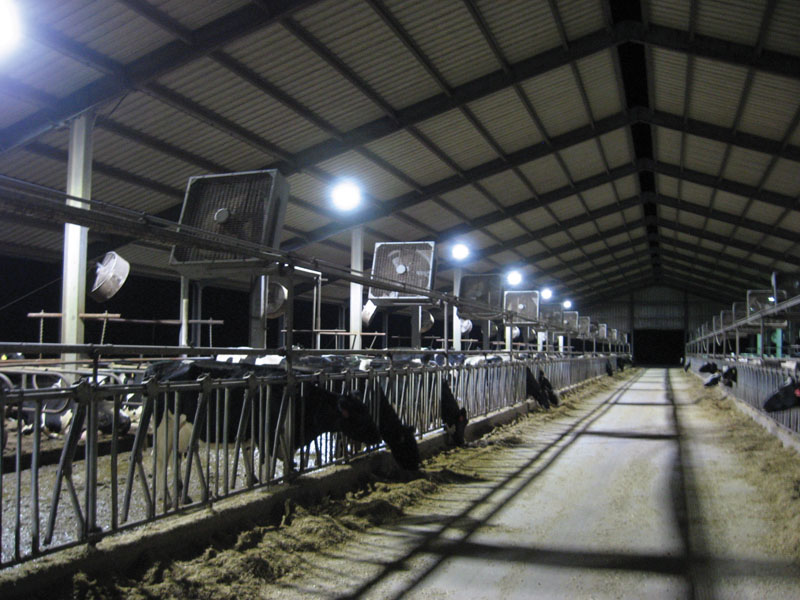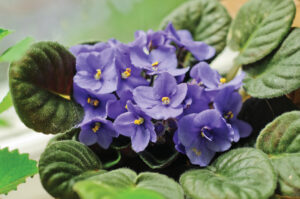 Summer’s weather has touched just about everyone from farmers to city dwellers. Crops have withered as much as the landscape.
Summer’s weather has touched just about everyone from farmers to city dwellers. Crops have withered as much as the landscape.
There is no way to accurately predict how long heat and dry conditions will last. If you could do that with 100 percent accuracy, let me know.
We can only hope that September will bring moisture and relief from triple-digit readings on the thermometer. And if that occurs, we at least can look toward our yards and think about what can be done.
Lawn grasses hopefully are just dormant and not dead, though even warm-season grasses such as buffalograss, zoysiagrass and Bermudagrass have suffered this year.
Grab a couple chunks of grass and peel back the outer brown leaves. If you run into a green crown behind all those layers, breathe a sigh of relief – the grass is still just dormant, and cooler weather and moisture should kick it into new growth.
On the other hand, if you find nothing but straw-colored tissue as you remove each leaf until you are left with nothing, the grass is dead.
White roots are another indicator of life. Brown and/or black leaves are time to say a few words of remembrance for greener pastures.
Just remember, dead is dead. If it were to come back to life with a little water, fertilizer and cooler temperatures, it wasn’t dead. Depending on your religion, only two things have been brought back from being dead. Neither was a plant.
If you are growing cool season grasses such as bluegrass, ryegrass and fescues, September and October are the best months for seeding or overseeding.
Seeding should be the course if more than 30-40% of the lawn is dead. Just kill the other percent, rototill it all in 6 inches deep, and scatter the new seed at the rate listed on the package, and water. Or hope for water.
If you are relying on nature, seed before a good steady rain.
Overseeding is done to thicken up a turf that still has some strong elements to it, and for those that just shake their heads at the thought of starting over from scratch.
You can scatter the seed on the lawn and lightly rake it in or cover it with a thin layer of soil. If you leave the seed on top, the birds will probably thank you in their own way, which hopefully won’t involve white calling cards.
Seeding should be finished by middle to late September for the middle of Illinois, adding a couple weeks as you move south and subtracting a couple as you go north. Of course, that’s during a typical year.
Ultimately, we want 6 to 8 weeks of good growing conditions for the grass seedlings to mature for the winter. Since winter usually arrives around the first of December, you can plan accordingly, but remember not all grass seed germinates at the same rate.
The warmer the soil, the faster the seeds sprout. As the soil cools, it takes longer for seed to germinate.
Not all grasses germinate at the same rate. Ryegrasses seem to pop up overnight while bluegrass can take a week or two. Just remember to keep the seed bed watered throughout the germination process.
And if all that seems like too much work, there is always green latex paint that could be diluted and sprayed on the brown blades to give the lawn some color.








